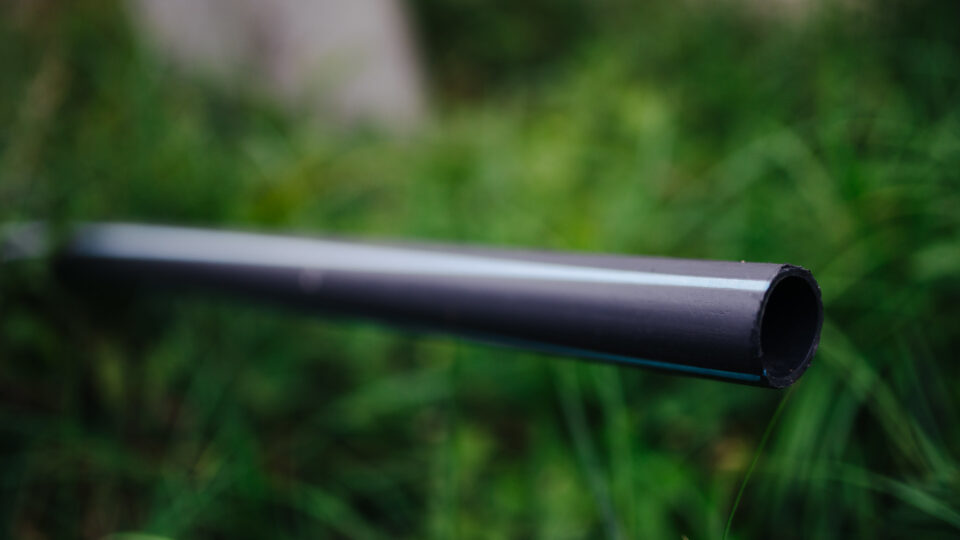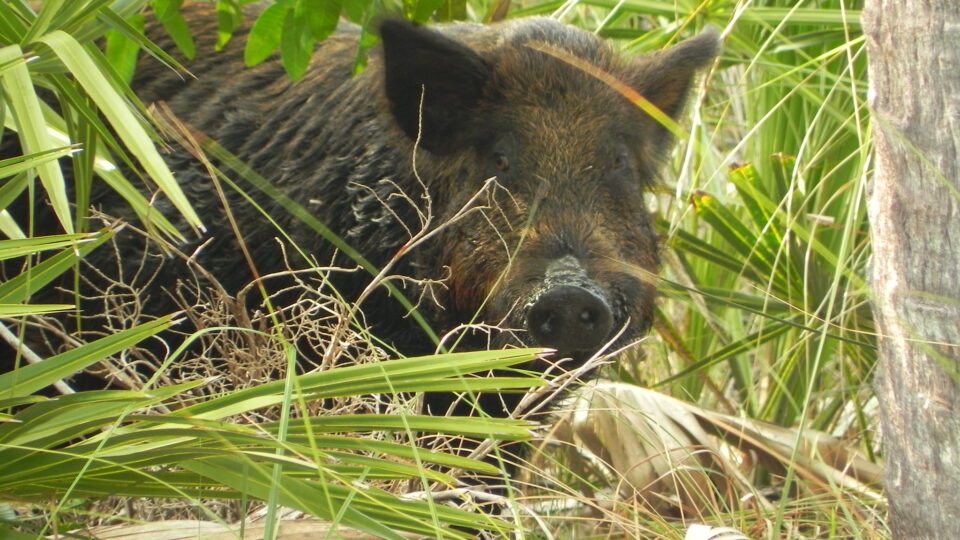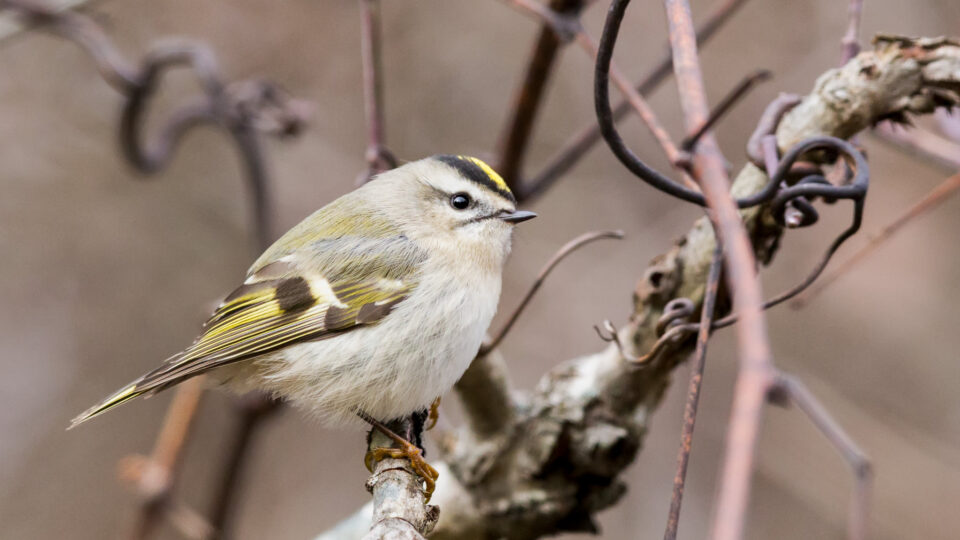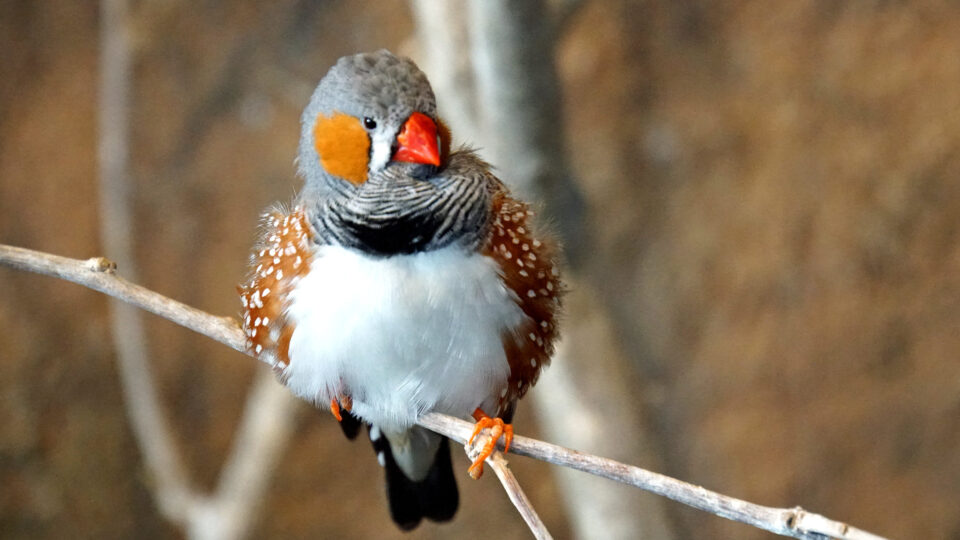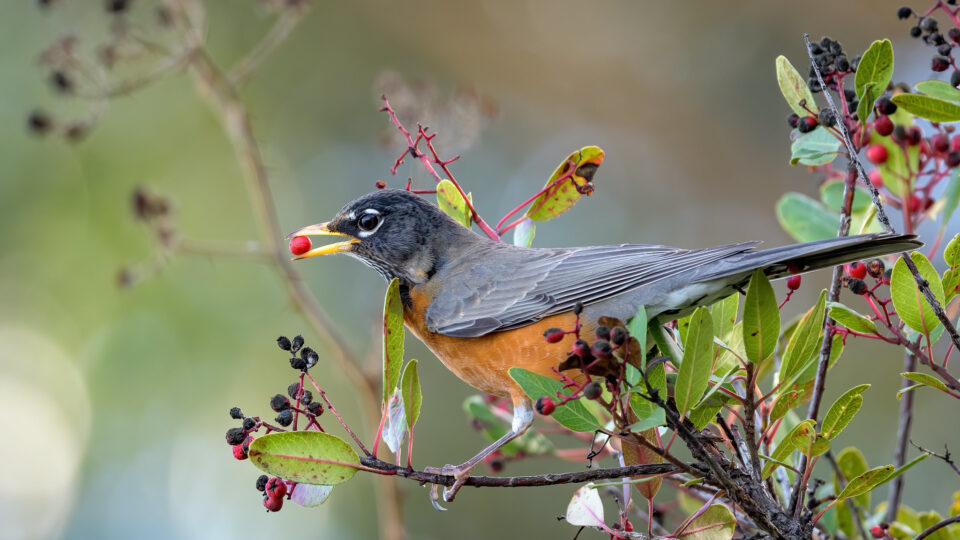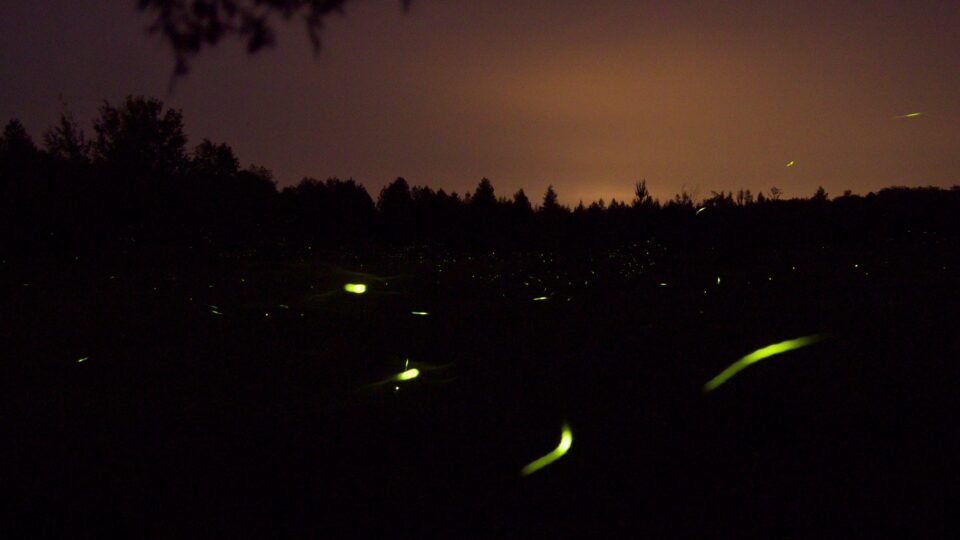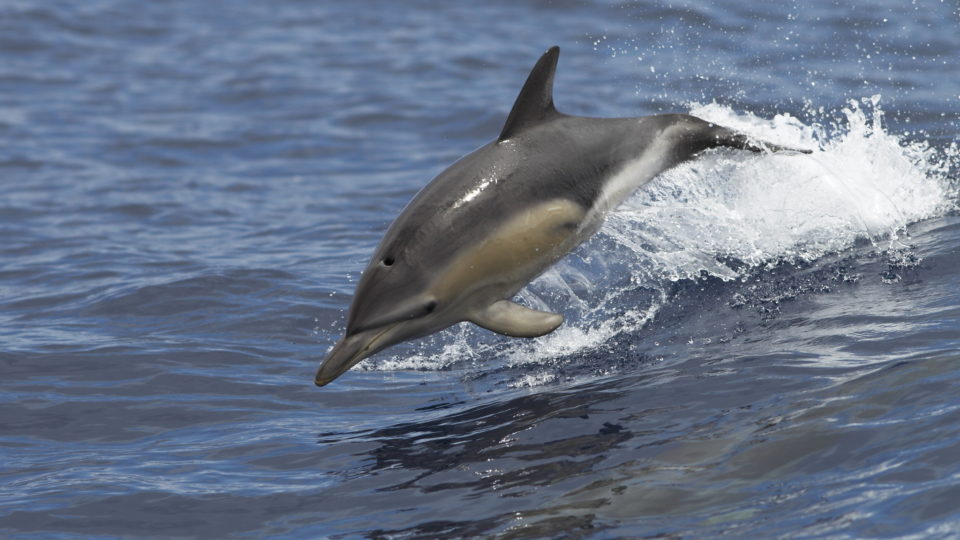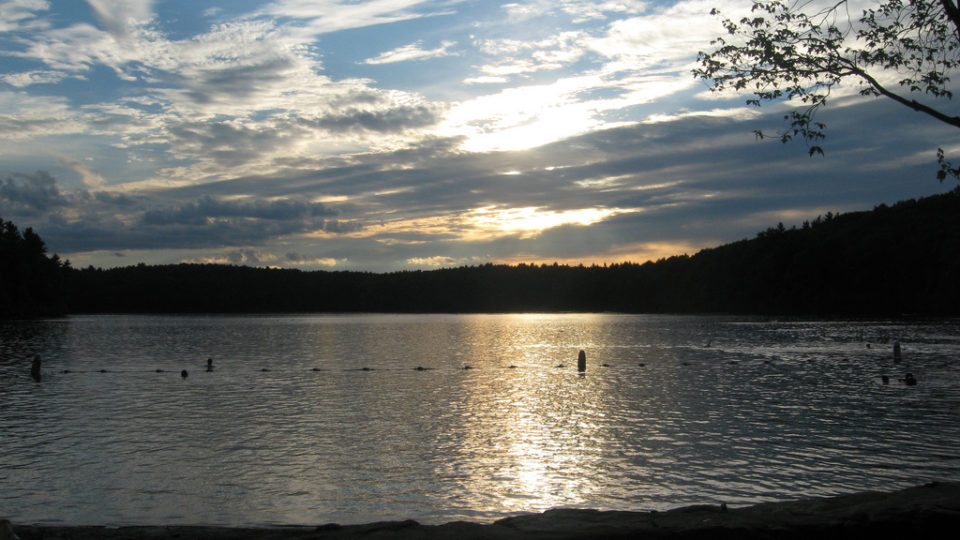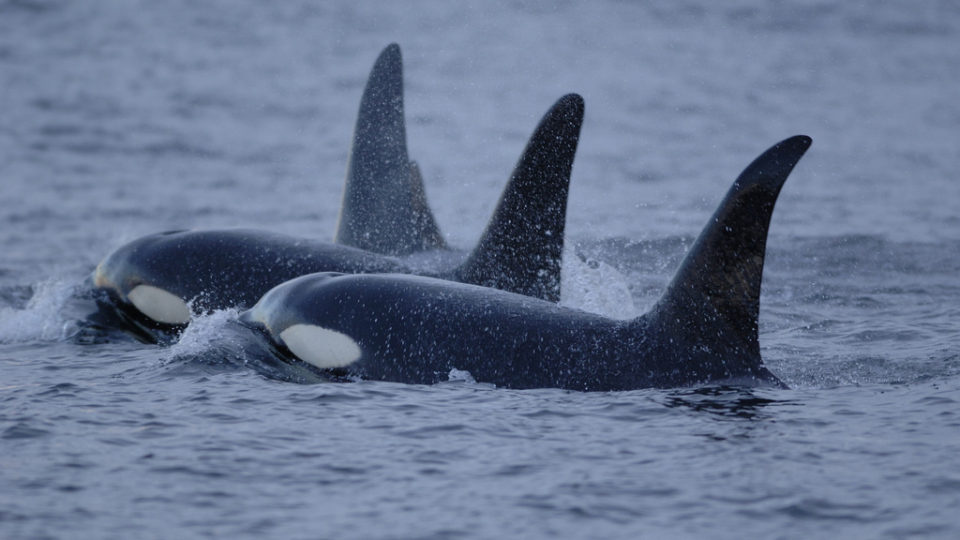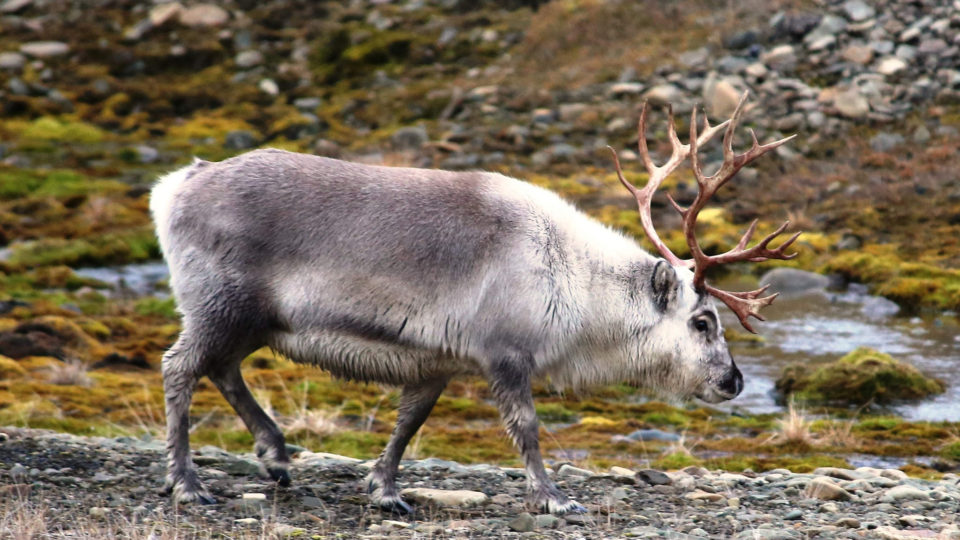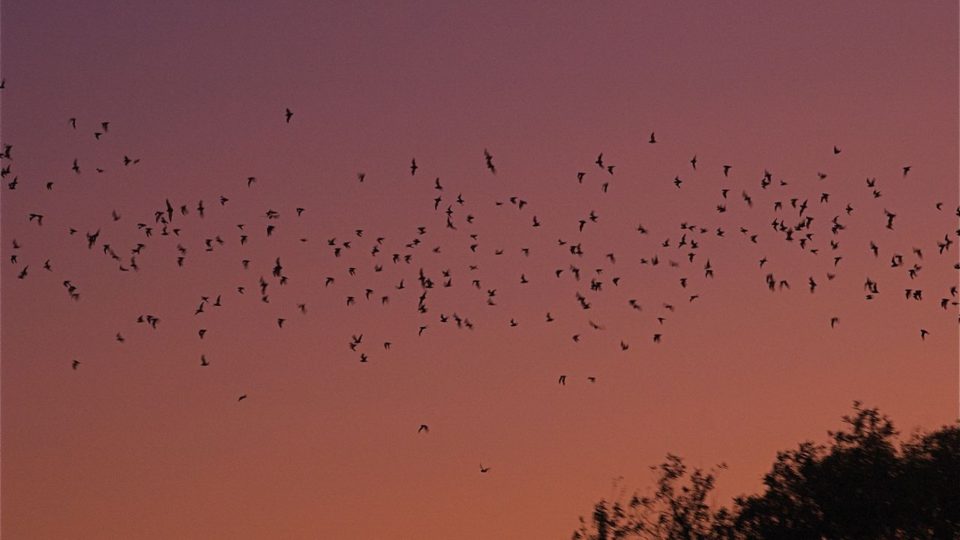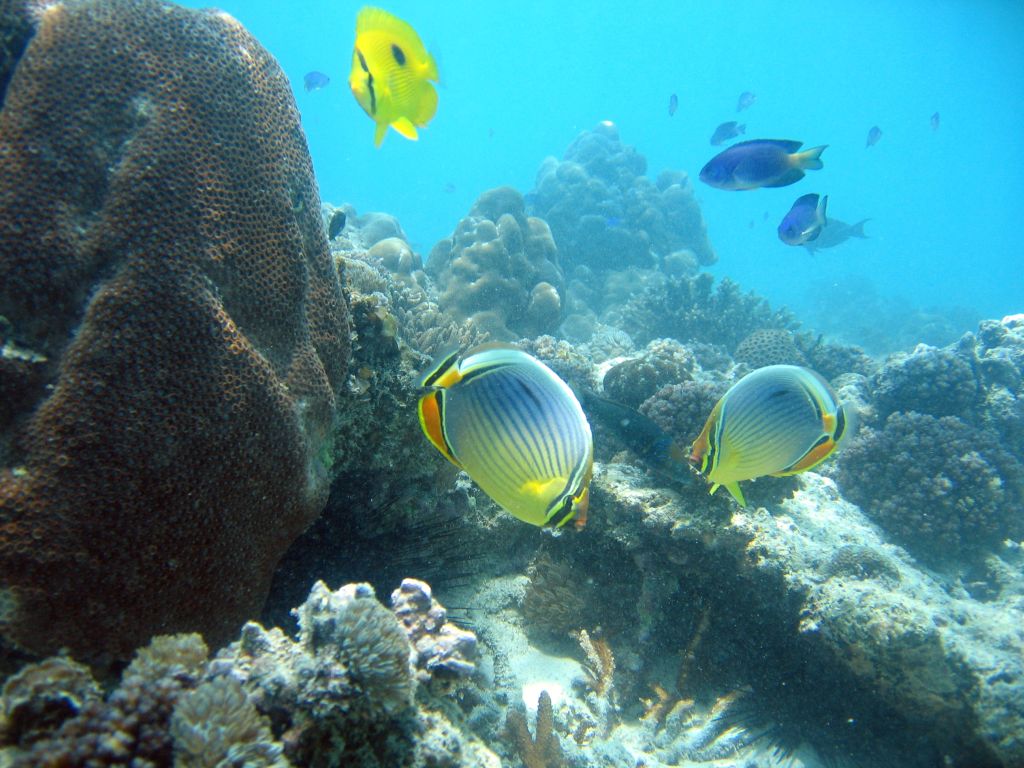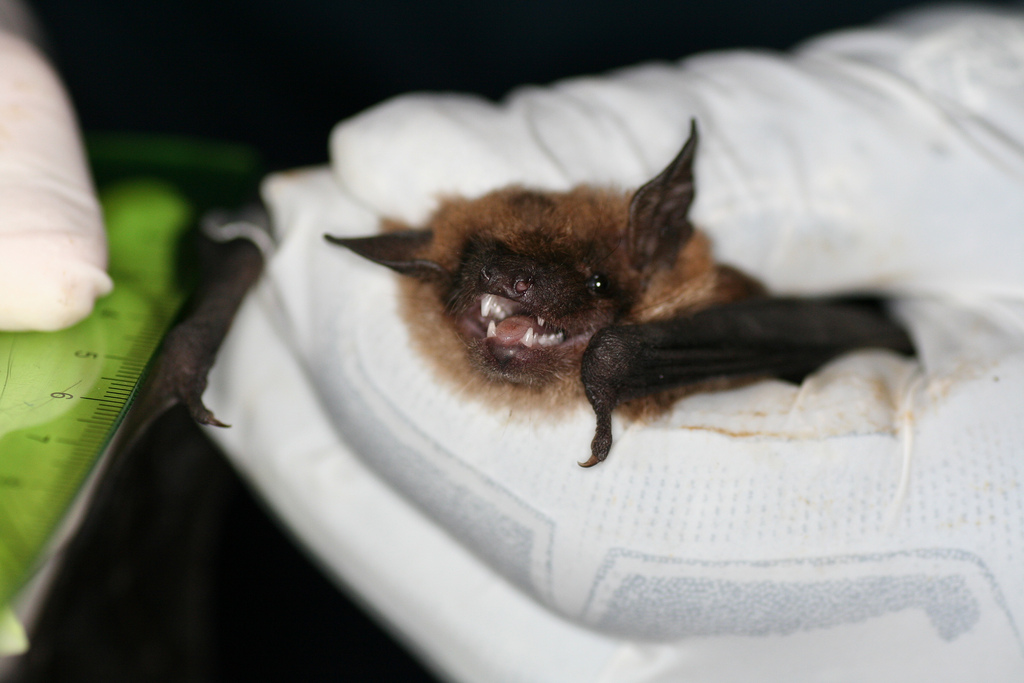PFAS – per- and polyfluoralkyl substances – are a group of organic compounds that have been extensively used to provide water-, oil-, and dirt-resistance to a wide range of products ranging from non-stick pans, clothing, and packaging to paint, car polish, and fire-suppressant foam. Exposure to specific PFAS compounds is associated with multiple adverse health effects, including altered immune and thyroid function, liver disease, kidney disease, poor reproductive and developmental outcomes, and cancer. PFAS compounds do not break down in the environment and therefore, over time, become concentrated in plants, animals, and people.
Government agencies such as the EPA in this country and the EU have set strict limits for allowable levels of PFAS in drinking water. Testing water for the trace amounts of PFAS that constitute the limits is time-consuming and expensive and requires complex equipment and experienced personnel.
Researchers at MIT have now introduced a technique for making a portable, inexpensive test that can easily and selectively detect PFAS in water samples. The test makes use of a special polymer containing fluorinated dye molecules that cause the polymer to fluoresce red. If PFAS are present in the sample, they enter the polymer and displace the dye molecules and switches off the red fluorescence.
The new technique is suitable for on-site detection in highly contaminated regions. Detecting smaller concentrations can be achieved with sufficient precision after pre-concentrating the samples using the process of solid-phase extraction.
**********
Web Links
Tracking down Environmental Toxins
Photo, posted October 16, 2021, courtesy of Nenad Stojkovic via Flickr.
Earth Wise is a production of WAMC Northeast Public Radio
